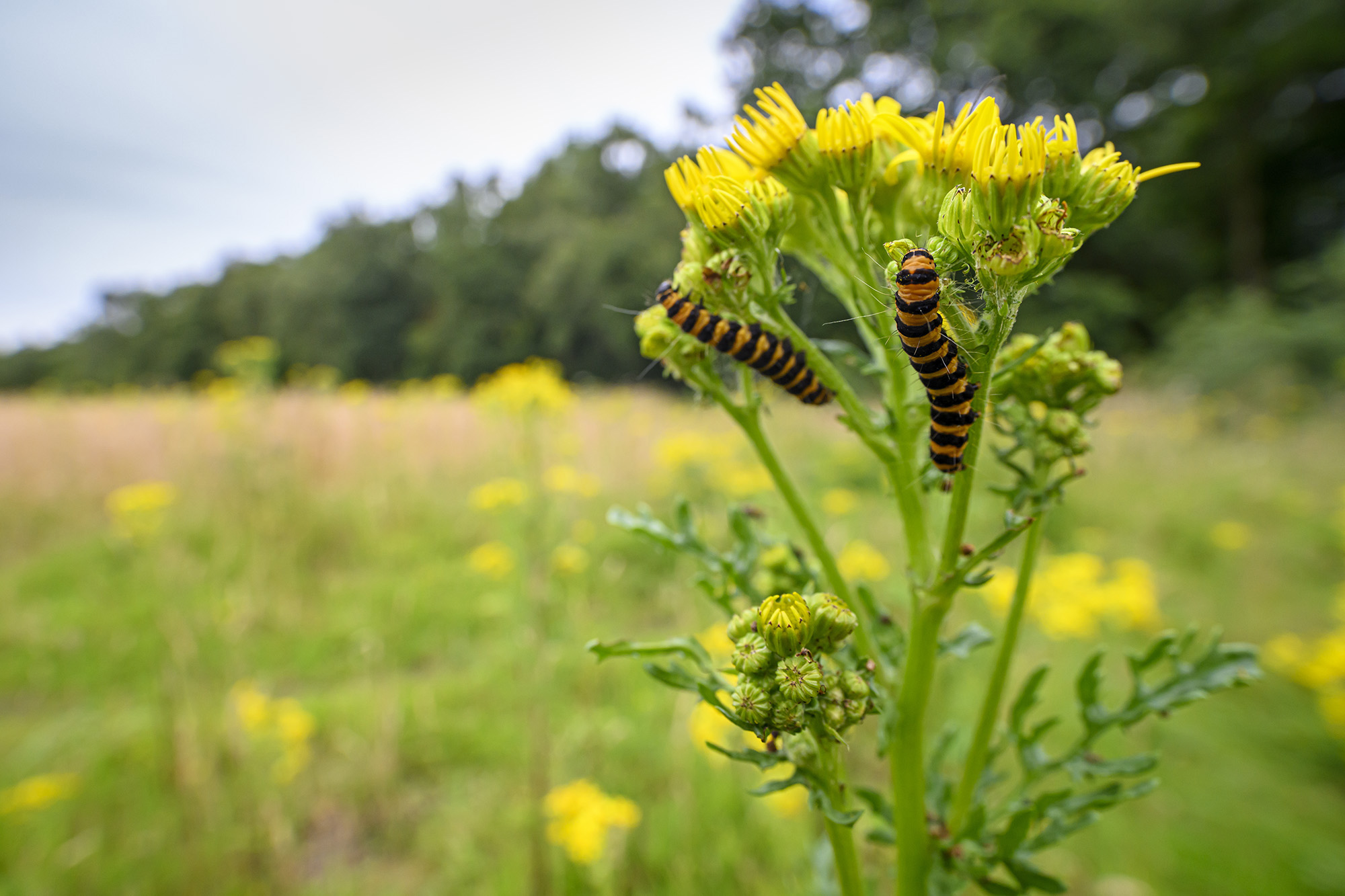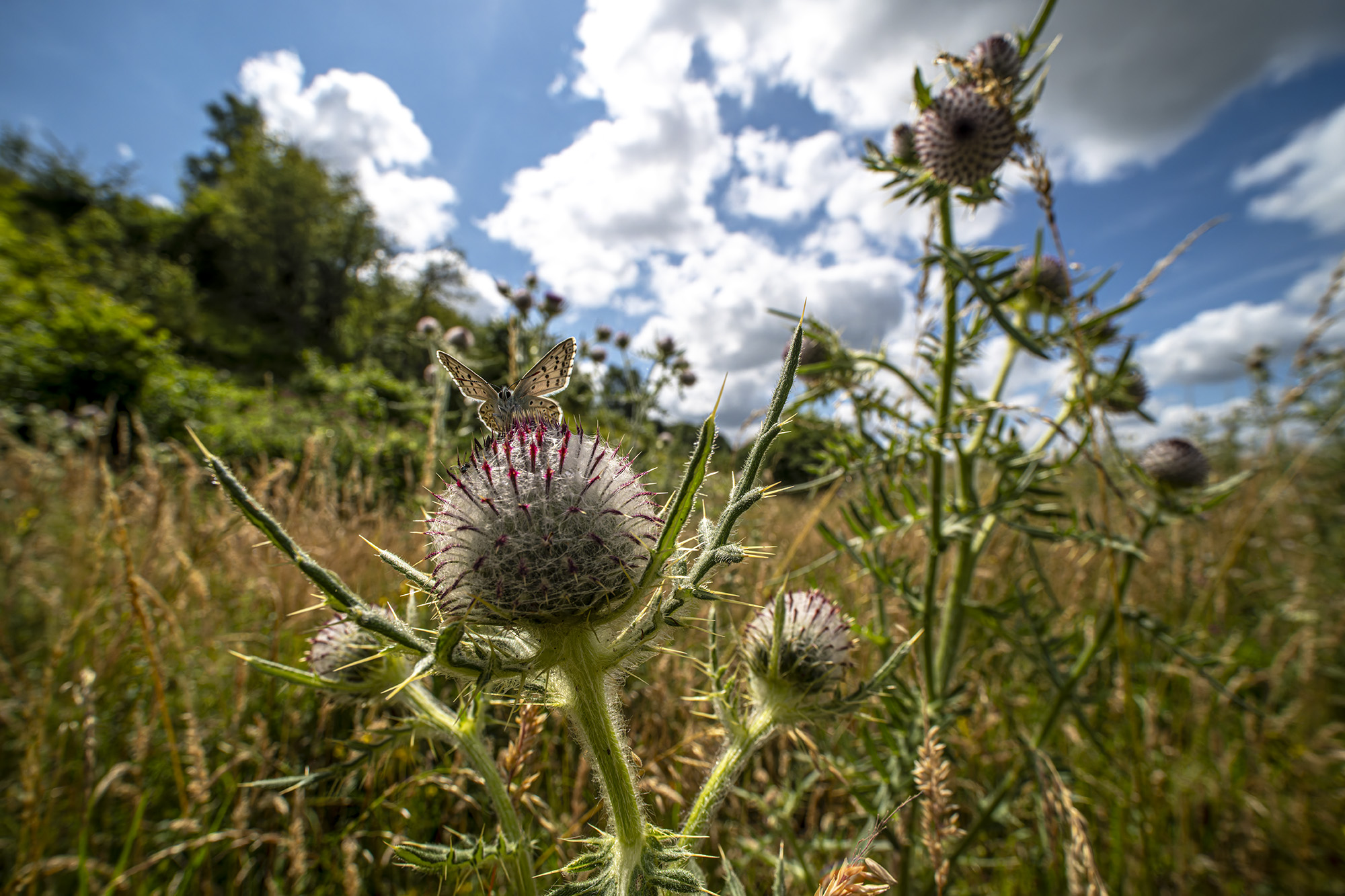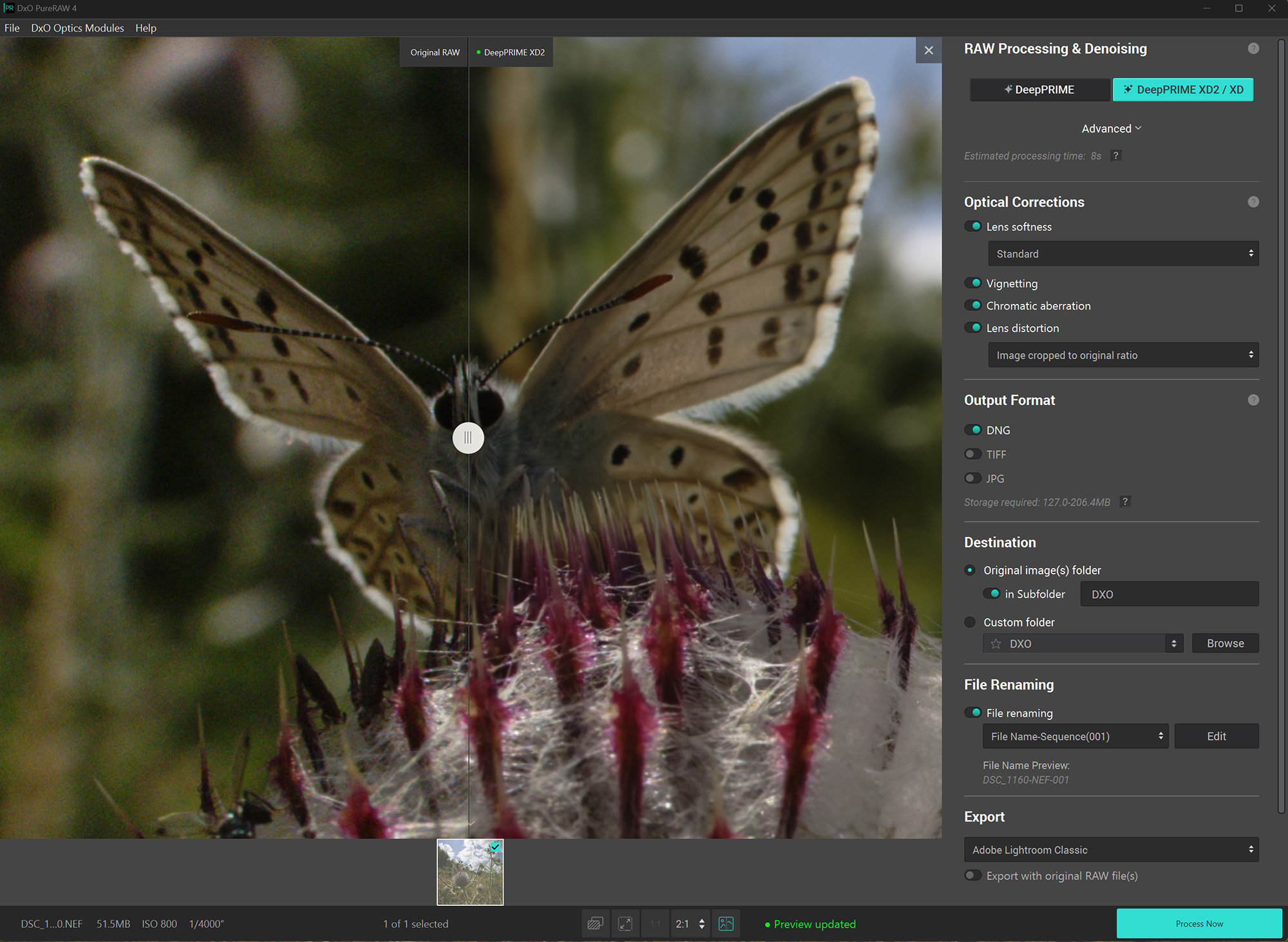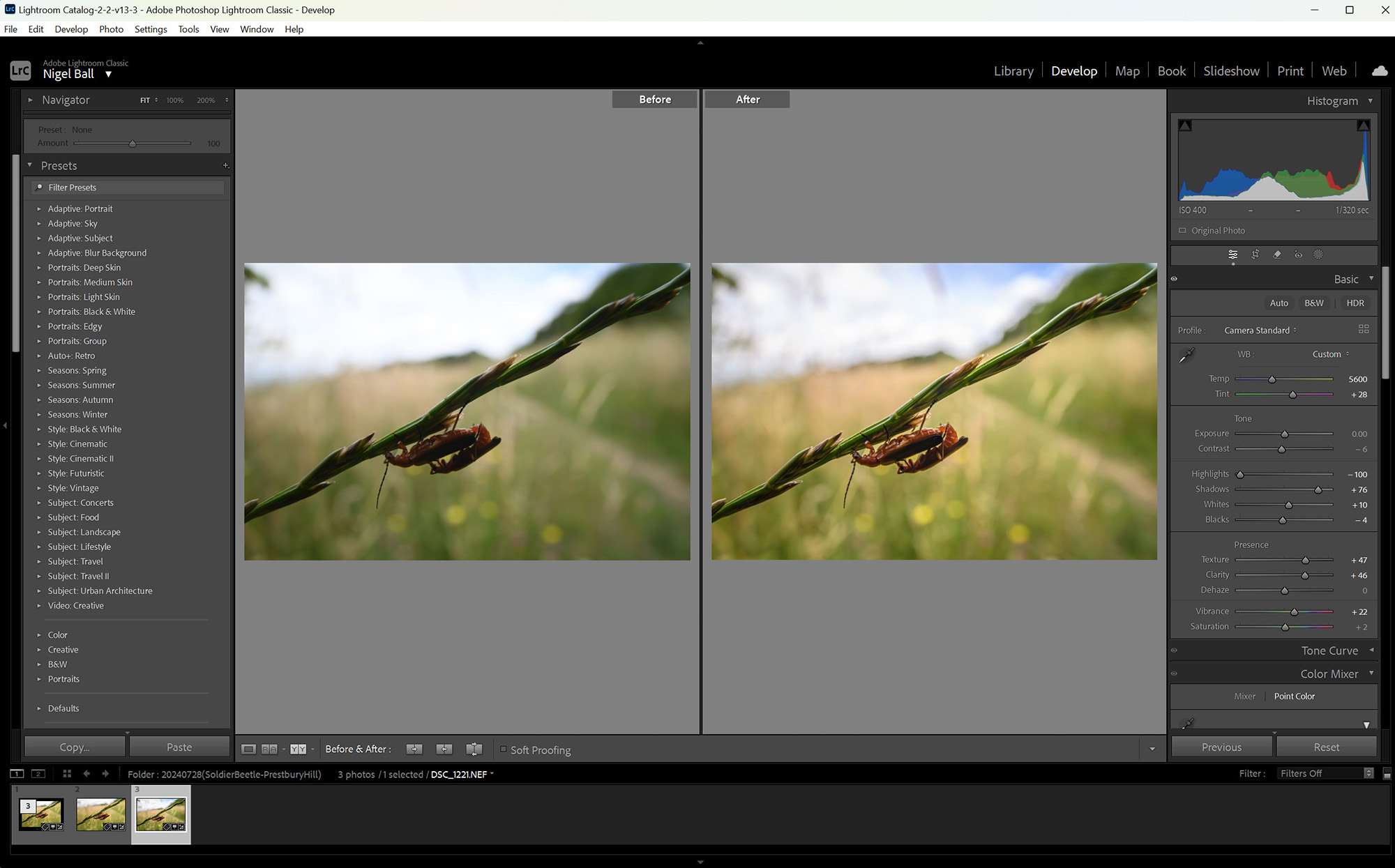
Traditionally, close-up photographers attempt to isolate subjects from the background. But with close-ups using wide-angle lenses, the background becomes an important part of the image, conveying environmental context and creating a story.
Composition therefore involves careful attention to both subject and background, and the relationship between the two. Good fieldcraft is essential, as you need to get close to subjects if you want them to fill a good portion of the frame.
I take my wide-angle images handheld. My Laowa 15mm f/4 enables subjects to be represented close to 1:1 macro reproduction, while offering a wide 110° field of view. The 14 aperture blades provide a very pleasing bokeh, too.
How to shoot wide-angle close-ups
1. Know your subject

Put in the time to learn about your subject, its habitat, roosting locations, food plant and life cycle. This will pay dividends later when out in the field. I usually recce the location ahead of the shoot and will talk to local experts, if possible, to learn more about my subject. Knowledge will help you get good and authentic shots.
2. Background

Once you reach your chosen location, you’ll need to assess potential angles by capturing test shots, taking note of the juxtaposition of the foreground and background. I recommend using an aperture from f/8 down to f/22. Test shots are an excellent opportunity to observe how your aperture affects the background.
3. Depth of field

Shooting at a reproduction ratio of 0.5:1 and higher means a reasonable depth of field will be required for the subject to be sharp and in focus. I try to keep the shutter speed as fast as possible, often shooting at ISO400 and above. Modern editing software, such as DxO PureRAW, does an excellent job of removing noise in post.
4. Taking the shot

I use Focus Peaking on my Nikon Z8 so I can easily see when the subject or focal point of the image is in focus. I then zoom into Live View to fine-tune the area of focus. With care, it’s possible to steady a flower or grass stem by gently holding it, but calm conditions are preferred. Once I’ve acquired focus I will refine my composition and fire.
5. Processing

I use DxO PureRAW to make camera and lens corrections, remove noise and add subtle sharpening. The resultant DNG file is then imported into Adobe Lightroom for minor adjustments before being exported into Photoshop for finishing, sizing and adding watermarks and notes.
This article was originally published in N-Photo: The Nikon Magazine (issue 168)
You might also like...
Are you interested in macro photography? Check out the best macro lenses and the best cameras for macro. Light gathering is diminished at higher magnifications, so you might want to check out the best ringflash, too.







